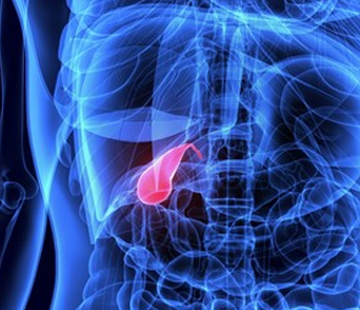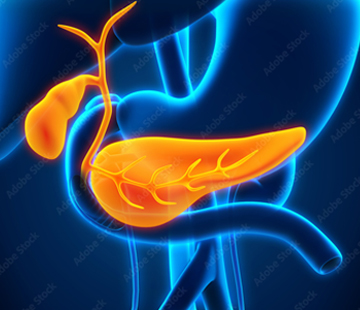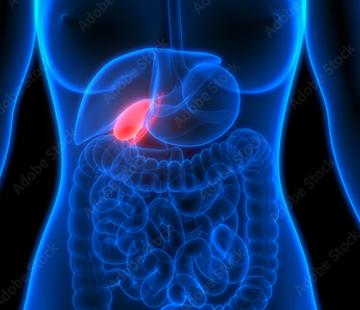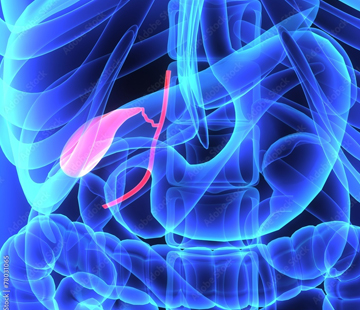Choledochal Cysts Type I
Type I Choledochal cysts represent the most prevalent form of cysts occurring in the extrahepatic (outside the liver) biliary duct, accounting for 80-90% of all choledochal cysts. Notably, Type I cysts can even present in utero, meaning they can be detected before birth.
Originating from the Todani classification, Type I Choledochal cysts are characterized by a fusiform or cystic dilatation of the extrahepatic biliary system, including the common bile duct and common hepatic duct. A proposed subclassification divides Type I into three subtypes:
- Type 1a: Entire extrahepatic bile duct dilatation
- Type 1b: Focal segment dilatation of the extrahepatic bile duct
- Type 1c: Dilatation of the common bile duct portion of the extrahepatic bile duct
Although there is debate over the distinction between Type 1 and Type 4 cysts, many experts continue to utilize the Todani classification for diagnostic and management purposes.
The precise cause of Type I Choledochal cysts remains unknown. Some researchers theorize that these cysts may develop as a result of pancreatic secretions refluxing into the bile duct through an anomalous pancreaticobiliary junction. Alternatively, ductal plate anomalies could be responsible for their formation.
Symptoms of Type I Choledochal cysts can vary based on the severity of the condition. Common symptoms include abdominal pain, nausea, vomiting, and jaundice. Possible complications encompass cholangitis, pancreatitis, liver abscess, and cholangiocarcinoma (bile duct cancer).
Diagnosing Type I Choledochal cysts typically involves imaging studies such as ultrasound, CT scan, or magnetic resonance cholangiopancreatography (MRCP). Treatment options may include surgical resection of the cyst and reconstruction of the biliary tract. Close follow-up with imaging and surveillance for potential complications is critical for effective long-term management.
In summary, Type I Choledochal cysts are the most common type of extrahepatic biliary duct cysts, characterized by a fusiform or cystic dilatation of the biliary system. Although the exact cause remains unclear, these cysts may arise from pancreatic secretions reflux or ductal plate anomalies. Early diagnosis and prompt management are crucial in preventing complications and improving patient outcomes.




